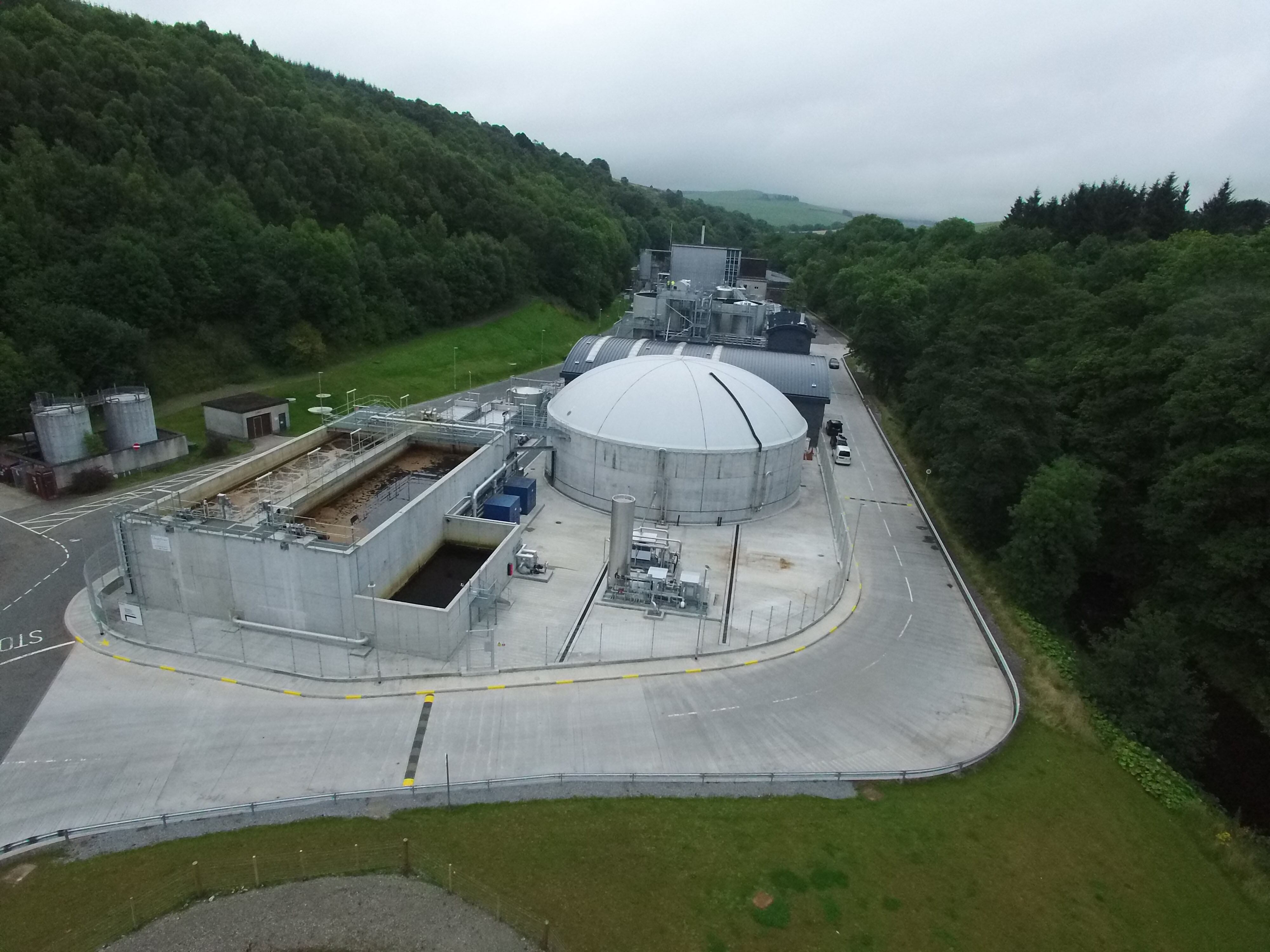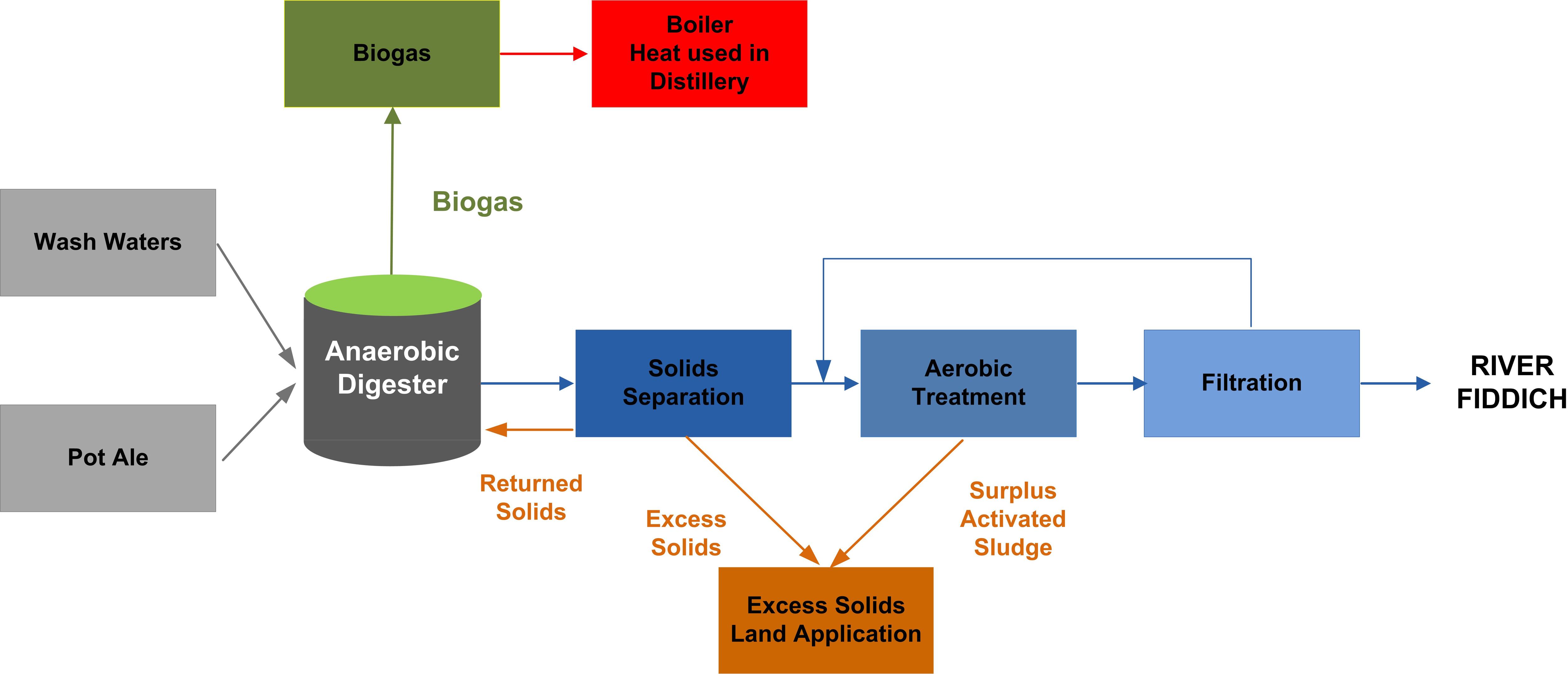The technology, based at the firm’s Dufftown, Glendullan distillery in Speyside, Scotland, generates bio-energy from co-products to produce 6,000MW hours of renewable heat, reducing its carbon footprint by 1,000 tonnes of CO2 per year.
Low carbon emissions, improved materials use, energy savings
It is not the first Diageo and Clearfleau have come together. They developed a bio-energy plant at its Dailuaine distillery three years’ ago.
They both comprise a high-rate digester, to handle liquid distillery co-products, and aerobic treatment for water clean-up.
Craig Chapman, CEO, Clearfleau, told BeverageDaily, results from the Glendullan distillery show it can convert approximately 1,000m3 per day of malt whisky distillery co-products into renewable energy.
This represents 1 million m3 of biogas a year (producing 6000 MW hours of thermal energy for the distillery).

As part of the intiative, Diageo installed a pipeline to link its distilleries at Mortlach and Dufftown to the plant at Glendullan, allowing co-products from all three distilleries to be processed.
“The on-site Anaerobic Digestion (AD) plants reduce the incoming COD (Chemical Oxygen Demand) load by over 95% and minimize further treatment required for the discharge of cleansed water to nearby rivers,” said Chapman.
Scottish Environment Protection Agency
“It will help Diageo meet the Scottish Environment Protection Agency’s (SEPA) plans for enhanced resource use - achieving low carbon emissions, improved materials use and energy savings. It will also enable local farmers to replace fossil-fuel-derived fertilizer with nutrient rich bio-solids.
He added, with the distillery sector setting tougher sustainability targets, SEPA’s ‘one planet prosperity strategy’ endorses practical action, such as optimizing energy output from unwanted co-products.
Clearfleau says it is now working with other distillers to deliver renewable energy sources that support carbon reduction targets.
The net carbon savings for the two plants, based on replacement of aerobic treatment with the anaerobic bio-energy facility deployed at Dailuaine and Glendullan is about 3 tonnes of carbon a day.

“We hope to encourage more Scottish distillers to generate value from the residues from the whisky distillation process,” said Chapman.
The AD process can handle load variations and a range of liquid co-products. It can also treat fatty materials from the food industry, diverting them away from sewer discharge.
The process has three outputs: biogas for energy generation, residual bio-solids, a source of crop nutrition for local farms and clean water that can be discharged to a watercourse or re-used on site as grey water (in boiler feed or for non-food contact uses).
